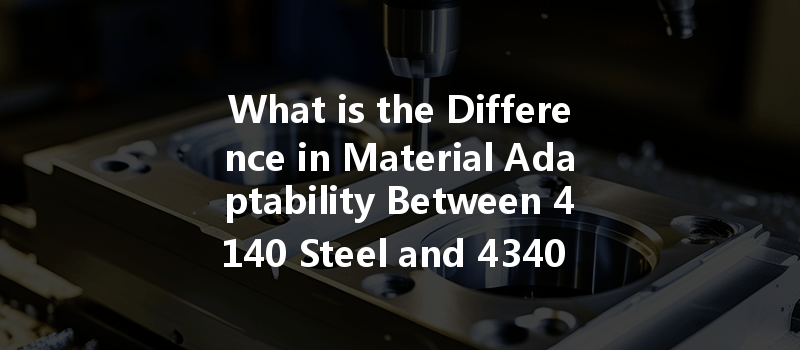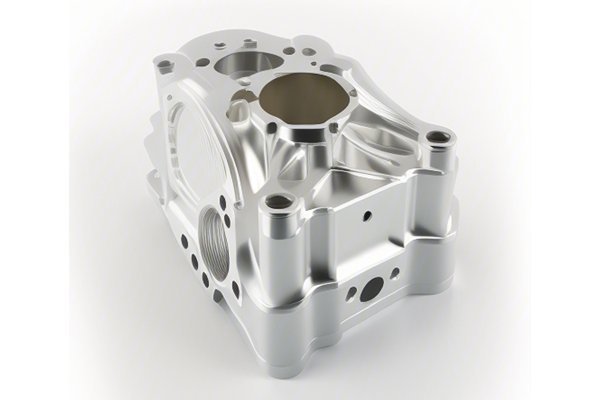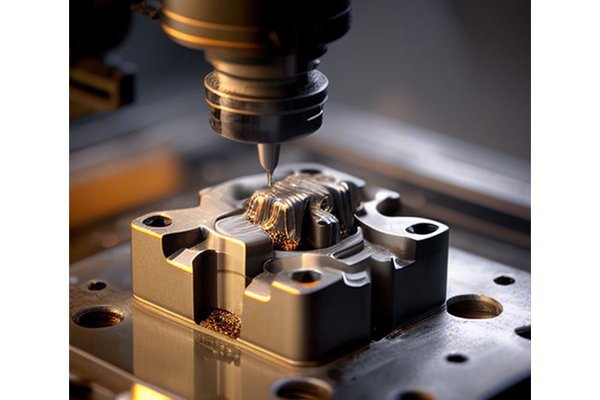Did you know that the choice of steel can significantly affect the performance and durability of machined components? According to a study by ASTM International, nearly 20% of all engineering failures are linked to improper material selection. This highlights just how critical it is to understand the qualities of different materials used in CNC (Computer Numeric Control) turning processes, particularly when it comes to alloy steels like 4140 and
This blog delves into a comprehensive comparison of 4140 steel and 4340 steel in the context of CNC turning, facilitated by a detailed solution framework that will help manufacturers, engineers, and decision-makers understand how to navigate these two materials effectively.
—
Composition and Properties
4140 steel and 4340 steel are both low-alloy steel grades known for their versatility and strength.
Applications
What is CNC Turning?
CNC turning is a precision machining process that uses computerized controls to achieve precise rotational motion to shape a material. The workpiece is rotated while cutting tools remove material, producing a cylindrical part. CNC turning allows complex geometries to be created with great consistency and accuracy.
The Importance of Material Selection in CNC Turning
Choosing the right material is vital to the machining process. Not only does it influence the end product’s mechanical properties, but it also affects production efficiency, tool wear, and overall machining costs. Understanding how different materials behave under machining conditions is crucial to optimizing the CNC turning process.

Mechanical Properties
When comparing 4140 and 4340 steel, it is essential to examine their mechanical properties:
Hardness and Wear Resistance
The hardness levels in both steels can be significantly influenced by heat treatment processes. While both can be tempered to achieve different hardness levels, 4340 typically reaches higher hardness, consequently offering better wear resistance.
Fatigue Strength
The improved alloying elements in the 4340 grade not only enhance its fatigue strength but also make it less prone to failure under cyclic loading conditions when compared to
Thermal Treatment
Both grades may be heat-treated to enhance their properties. However, 4340 steel requires more meticulous thermal processing to maintain its structural integrity and specialized properties.
Corrosion Resistance
4140 steel exhibits better resistance to corrosion when properly treated, while 4340 steel, despite its robust characteristics, may be more susceptible under specific environments, necessitating appropriate coatings or surface treatments.
Machinability
Machinability is a critical factor in selecting materials for CNC machining. 4140 steel generally provides better machining capability, while 4340 may require more advanced tooling due to its improved strength and toughness.
Surface Finish
The desired surface finish may vary based on material choice. 4140 can deliver a smoother finish more readily than 4340 without extensive post-processing.
Tolerances and Compliance
Both materials can meet stringent tolerances in CNC machining. However, the higher costs associated with 4340 steel can be justified through increased performance in high-load applications.
Manufacturing Considerations
The required setups, tooling, and cycles of CNC turning vary between the two materials. Understanding the manufacturing needs and costs associated with each material helps in strategic decision-making.
Decision-Making Factors
When deciding between 4140 and 4340 steel, factors like application, required performance, and budget become crucial. Analyzing operational requirements against these two materials can lead to more informed selections.
Cost Implications
While 4140 steel is generally less expensive, the potential for enhanced performance and longevity of 4340 in demanding applications may justify the higher cost.
Case Studies
Case studies that illuminate successful applications of both steels can provide valuable insight. For example, if a company uses 4140 steel in the production of high-volume, low-stress components, it may achieve cost efficiencies. Conversely, an aerospace manufacturer utilizing 4340 steel for critical components may greatly benefit from its high-strength properties.
Best Practices for Machining
Key recommendations for achieving optimal results include:
Tool Selection
Utilize tools made of high-speed steel or carbide for metal turning jobs, adjusting specifications based on the material being machined.
Process Control
Establish a rigorous process control to ensure accuracy and repeatability during machining. Employ statistical process control (SPC) to monitor operations continually.
Technological advancements, including automation and artificial intelligence in CNC machines, promise to revolutionize the machining landscape. Enhanced capabilities may allow for better monitoring of material properties and improved quality assurance measures, making choices between grades such as 4140 and 4340 more straightforward.
In summary, selecting between 4140 and 4340 steel for CNC turning is a significant decision that impacts product performance, cost, and manufacturing efficiency. This detailed examination highlighted the differences and critical factors influencing that choice, including mechanical properties, adaptability, and application suitability.
Understanding the material adaptability and its influence on machining processes is essential, as it not only determines the success of the manufactured product but also upholds standards of quality and innovation across industries.
Reflecting on the knowledge provided through this blog, it is undeniable that careful consideration of materials—especially in demanding applications—plays a pivotal role in ensuring both immediate and long-term success in CNC machining.
Choosing wisely between 4140 and 4340 steel can be the difference between a project that meets its performance benchmarks and one that falls short. As the industry evolves, so will the complexity and importance of material selection; it’s an essential aspect worth continuous exploration and refinement.






